Overview – Serengeti National Park
Serengeti National Park is one of the most renowned parks in Africa which is additionally a Unesco World Heritage Site with a large number of tourists visiting every year. Most of the park is covered with grassland, woodlands, riverine forests and savanna. The plains are home to 300 distinct species of animals, of which 80 are large mammals including hartebeest, giraffe, eland, Grant’s gazelle, impala and zebras. It is home to the great wildebeest migration and offers top-class wildlife viewing throughout the year. The Serengeti also has native crocodiles in its streams, honey badgers, a healthy predator population, extraordinary birding, magnificent views of the plains and valleys and vibrant culture.
-
Wildlife37 Animals
-
High SeasonJanuary to February or June to September
-
Best Time to GoJune to February
Pros & Cons
- Annual migration of over two million ungulates (January to September)
- All big five animals can be spotted here
- Vast, open plains with the ability to get away from crowds and have your own ‘private’ safari
- Wildlife can be experienced throughout the year
- Best place for spotting predators
- Excellent mid-range and luxury lodges
- Hot air balloon safaris
- Gets very crowded during peak season (June and July and October to April)
Serengeti National Park Map in Africa
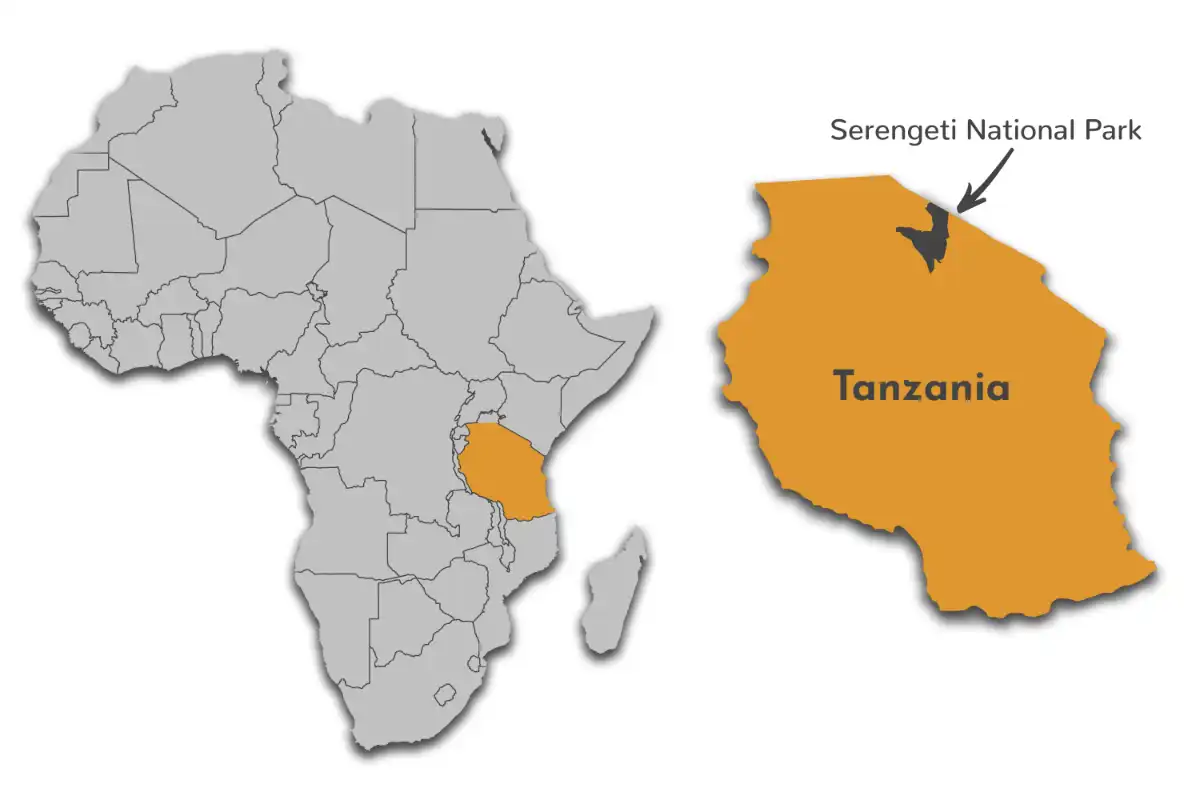
Serengeti National Park Safari Reviews
Want to Visit Serengeti National Park?
Wildlife & Animals – Serengeti National Park
Serengeti is home to the big five animals plus Cheetah and a wild dog. Leopards can be found resting on large tree branches during the heat of the day while spotting elephants is less difficult as they can be seen regularly down by the waterholes, along with buffalo and rhinos. Serengeti is home to several species of primates including yellow/olive baboons, black and white colobus and vervet monkeys. Spotted hyenas, cheetahs, African golden wolves and aardwolves (aardwolves are unique in that they are insectivorous) are some of the other predatory species that can be seen in the Serengeti. Nile crocodiles, monitor chameleons, African pythons and black mambas are some of the reptiles found only in a select few parks in Africa, such as Serengeti National Park.
Wildlife Highlights
The Serengeti is famous for its annual wildebeest migration when around 2 million Ungulate crosses the open plains in which thousands of wildebeest, zebra and gazelle join the trek for fresh grazing from the Serengeti Plains towards Kenya’s Masai Mara National Reserve in a clockwise direction across the ecosystems. Predators follow the migration and sightings of big cats hunting is particularly exciting. Spotted hyenas and golden and black-backed jackals are never far off either.
Best Time for Wildlife Viewing
The Serengeti offers an amazing wildlife experience at any time of year. June and July are the best months for seeing the migration and a possible crossing of the Grumeti River. The more famous river crossings of the Mara River can be witnessed around September in the north of the park. February is the best month for wildebeest calving. The dry months from June to October offer the best general wildlife viewing.
Want to Visit Serengeti National Park?
Birds – Serengeti National Park
The Serengeti National Park is a paradise for both birds and bird watchers. The national park is inhabited by over 500 bird species such as Ostriches, Secretary birds such as helmeted guinea fowls, crowned cranes, yellow-billed storks, southern ground hornbills and grey-breasted spurfowl, the Black Eagles above the Lobo Hills, larks, Kori bustard, fiches and raptors.
Notable Birds in Serengeti National Park
Best Time for Bird Watching
The best time to visit Serengeti for Bird watching is from November to April. During this period, several migratory birds are present in the park and it also coincides with the nesting period.
Want to Visit Serengeti National Park?
Best Time to Visit – Serengeti National Park
Serengeti can be visited throughout the year. The best time to visit Serengeti National Park depends on what you want to see. An ideal time to witness the wildebeest migrations at the Grumeti River is from June to July; the wildebeest crossing of the Mara River can be viewed in September, while January and February are the best months to watch wildebeest calving on the southern plains. November to April is the ideal time for bird enthusiasts to visit the park. During this period, several migratory birds are present in the park and it also coincides with the nesting period. Top tip – the male’s breeding plumage makes it easier to spot birds.
-
Best Time
June to February
-
High Season
January to February or June to September
-
Low Season
April & May
-
Best Weather
June to October
-
Worst Weather
March & April
June to October (Dry Season)
- June and July is the best time for wildebeest migration in the western corridor and August to September in the north of the park
- Animals are easier to spot as they congregate near freshwater sources
- It rains very little and most days are radiant
- Fewer mosquitoes and less chance of catching malaria
- Gets very crowded around the Seronera area
- Mornings and nights get cold
June to October (Wet Season)
- January to February is the time to see baby wildebeest faces
- Due to less crowd in this season, Pricing is very less to bring more travellers
- Except for March, April and May, rains are mostly short afternoon storms and seldom interfere with your trip
- Birding is best as migratory birds are present
- The scenery is beautiful and at its most lush
- March to May is the peak of the Wet season


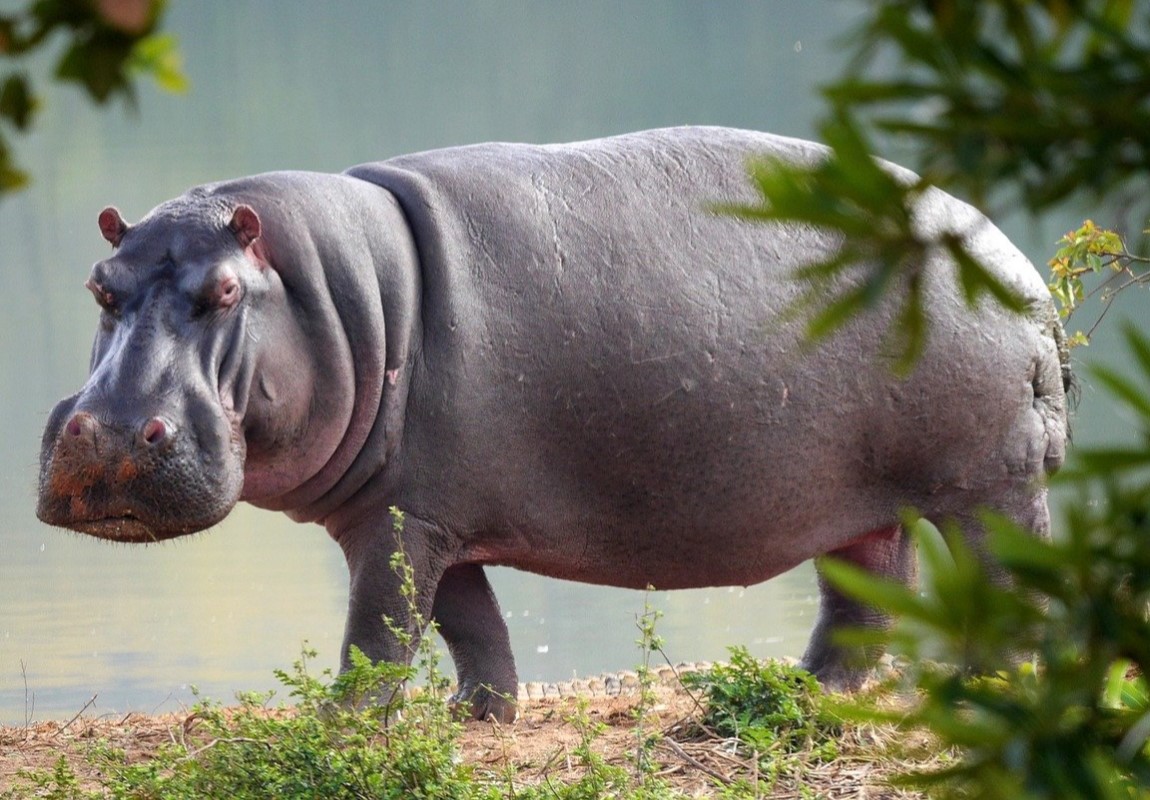





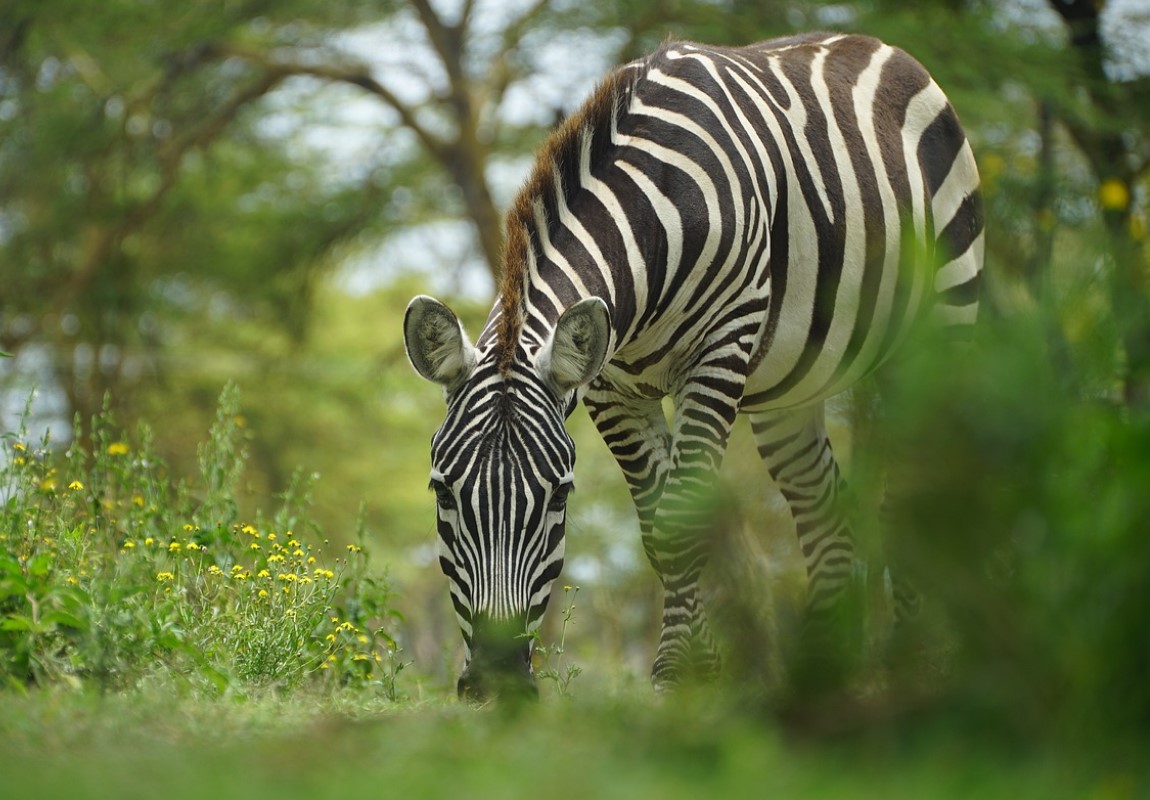

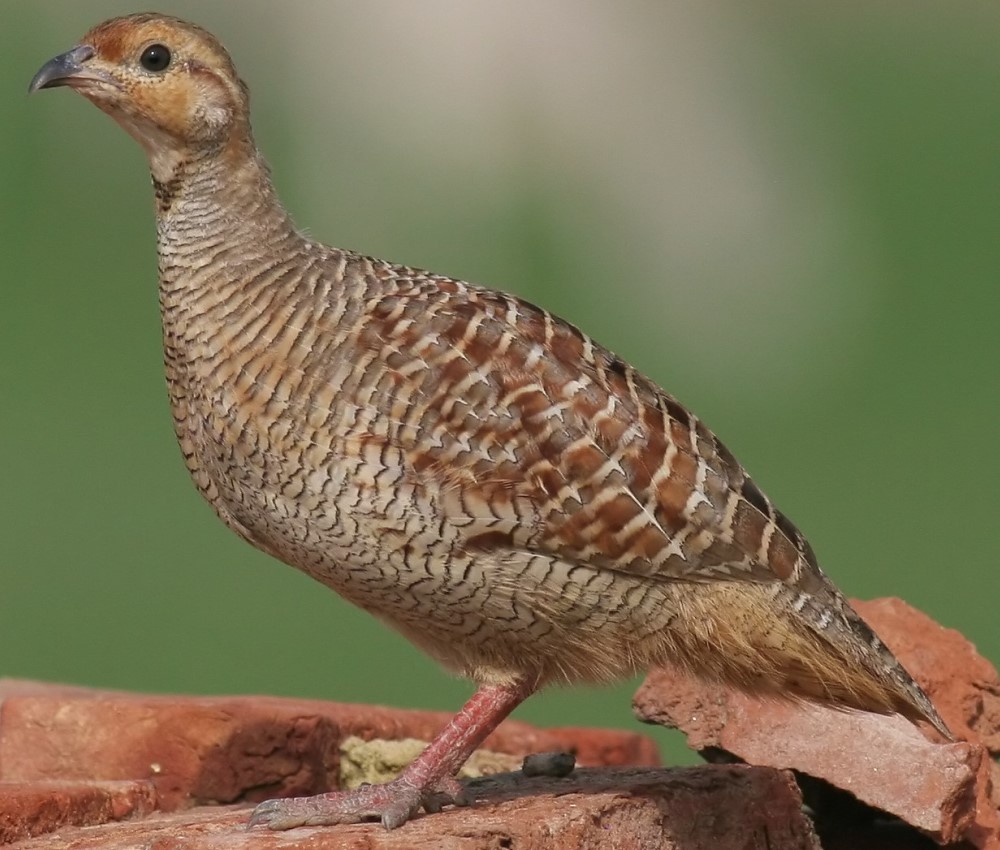








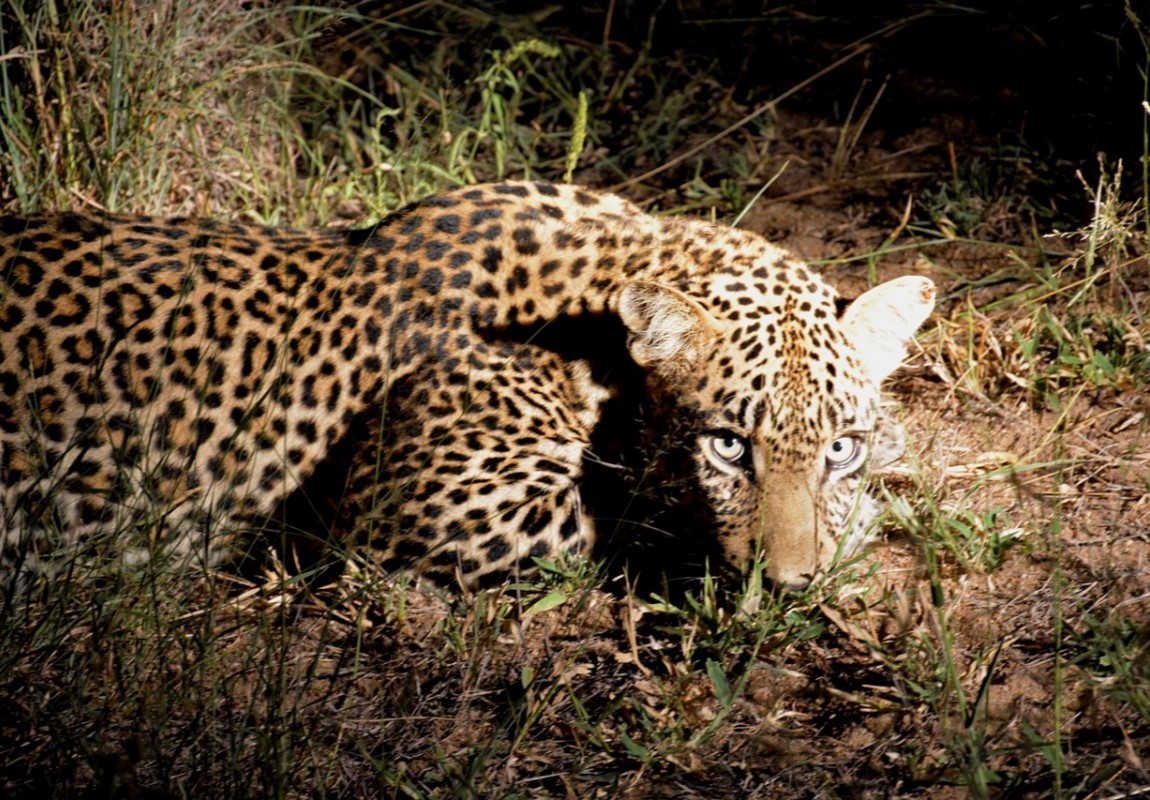


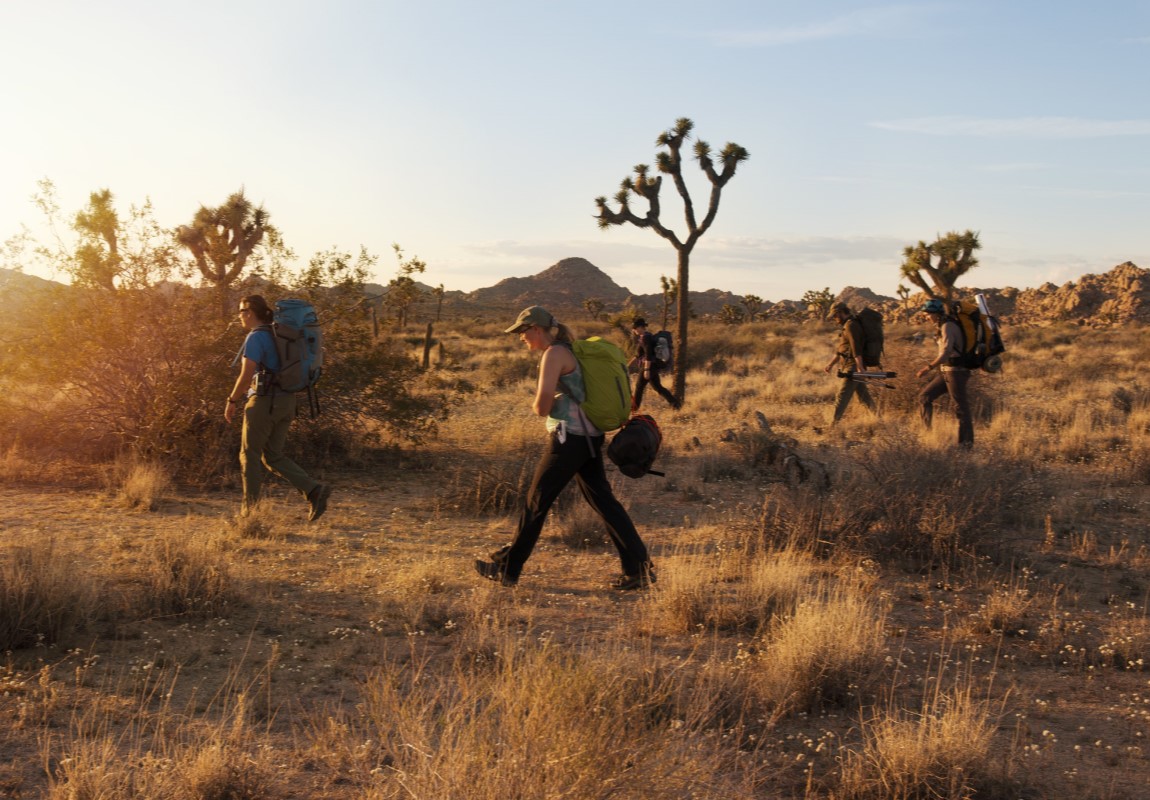

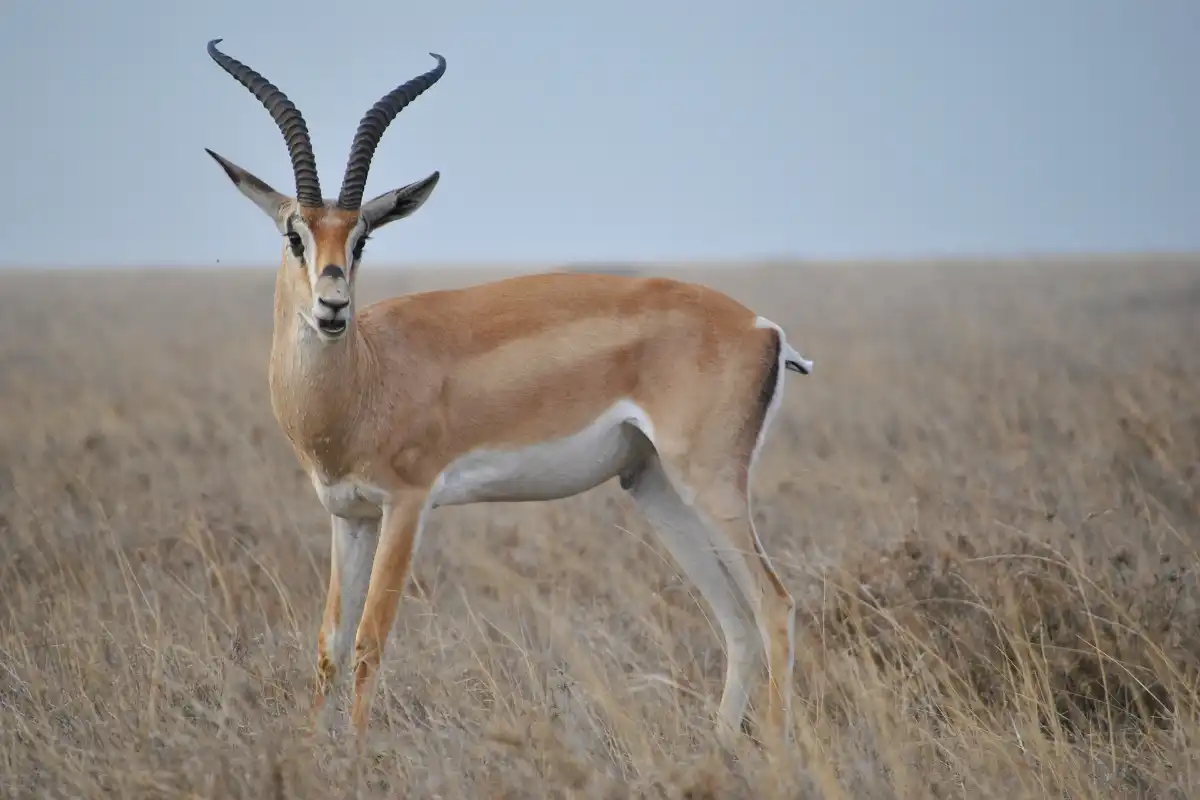

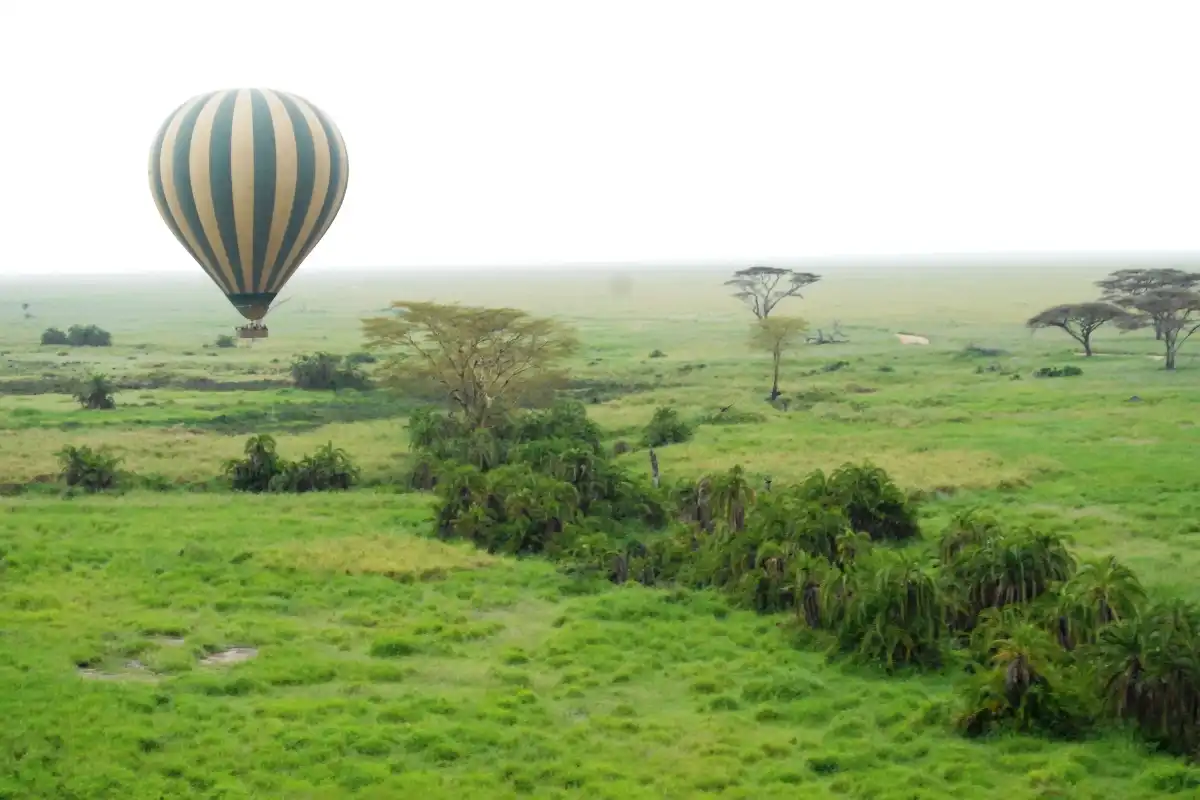
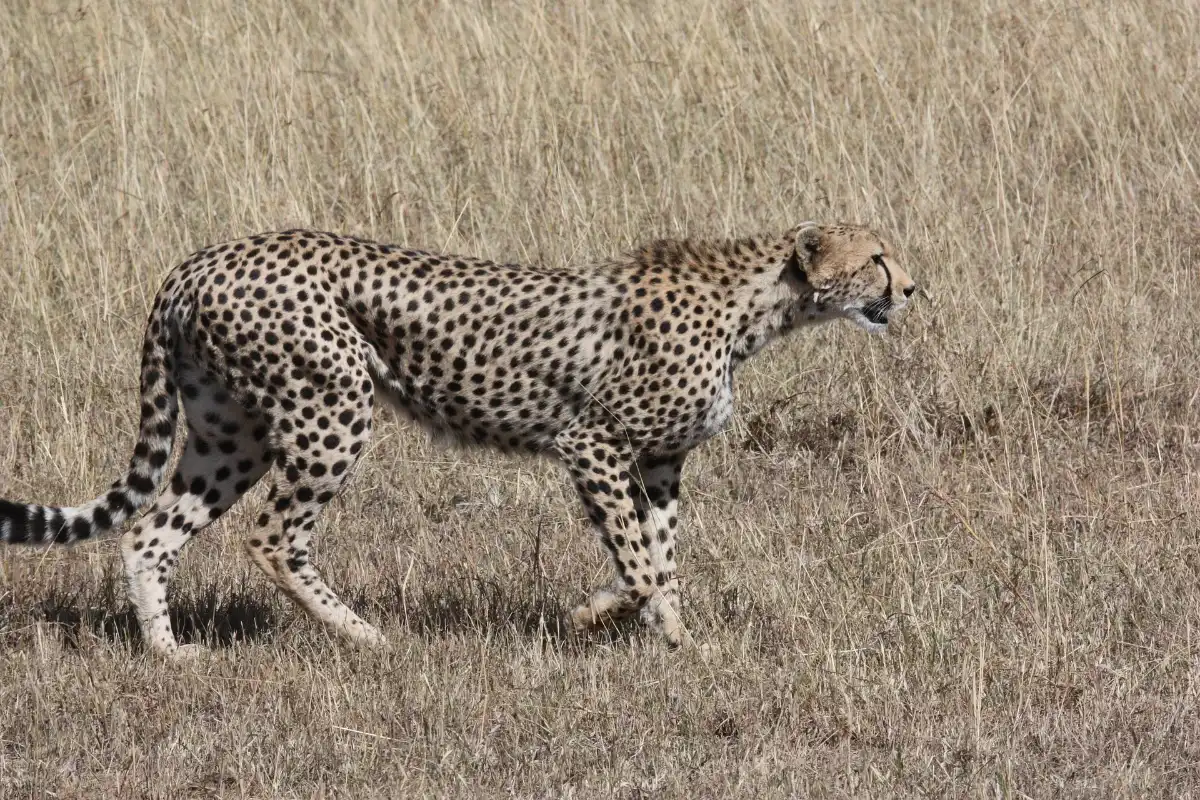


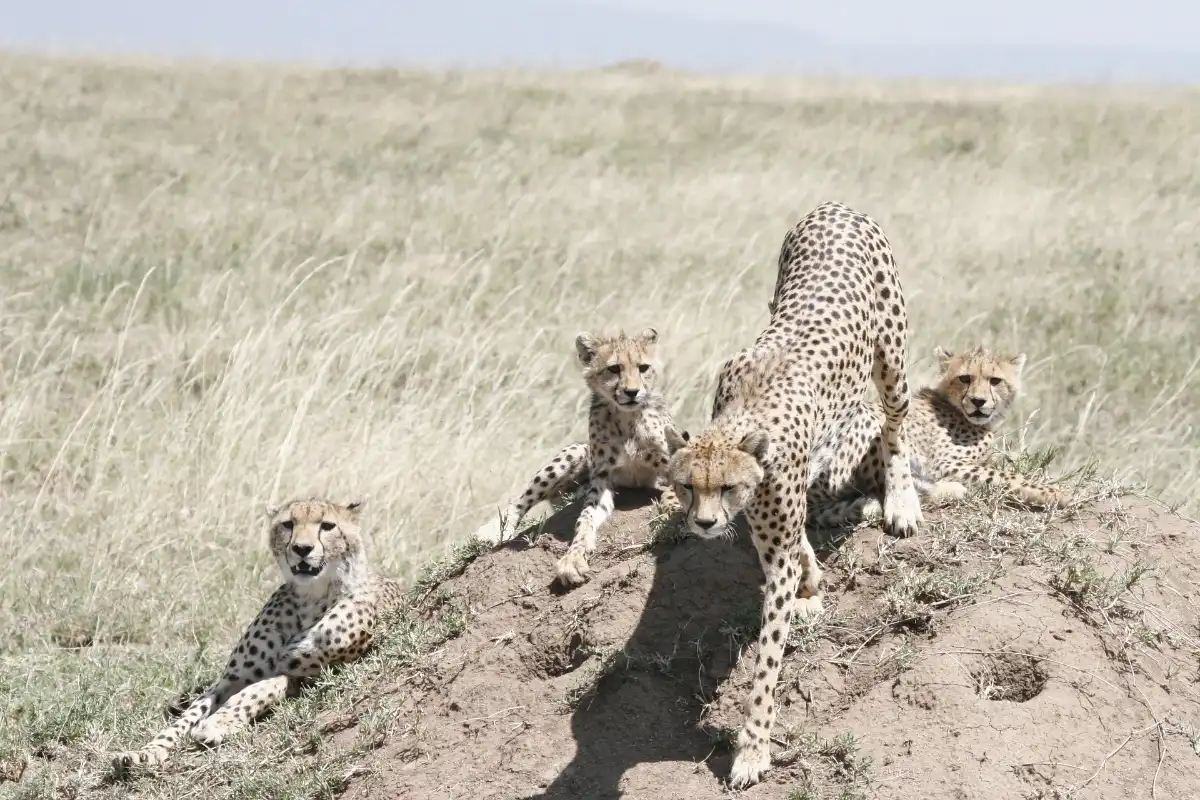

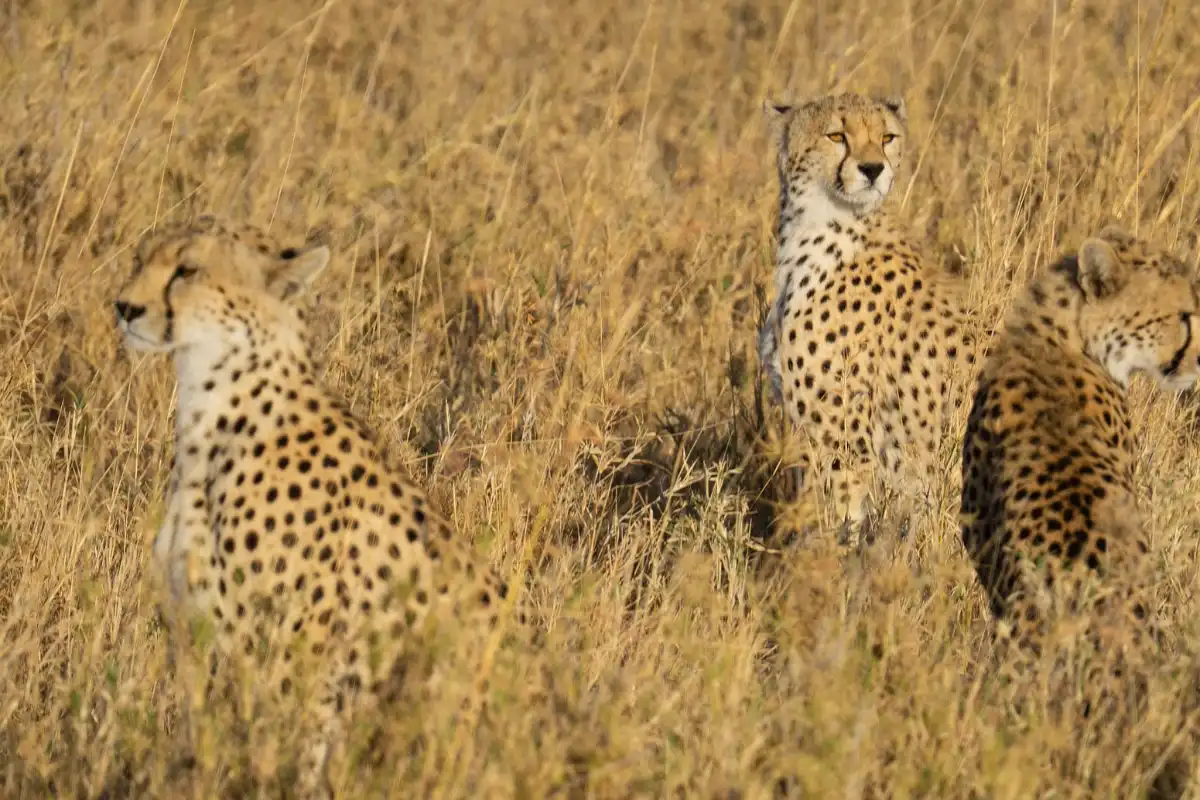

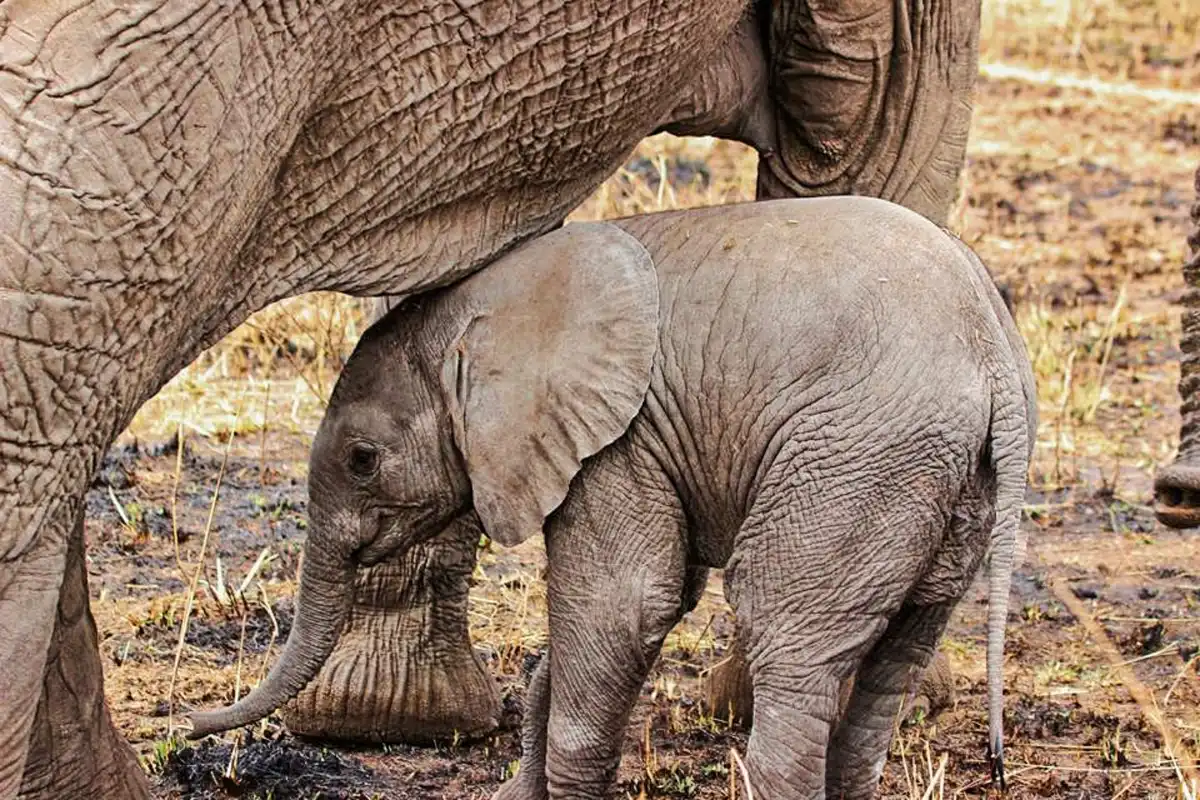
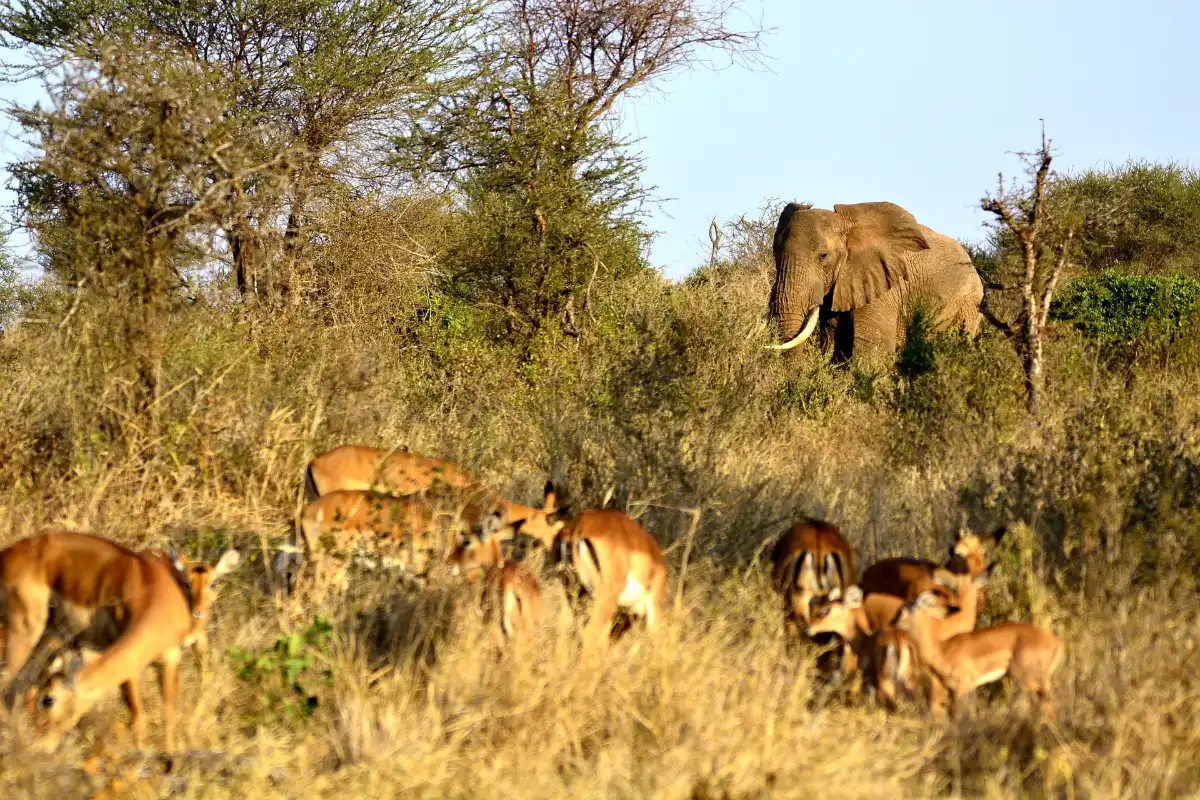

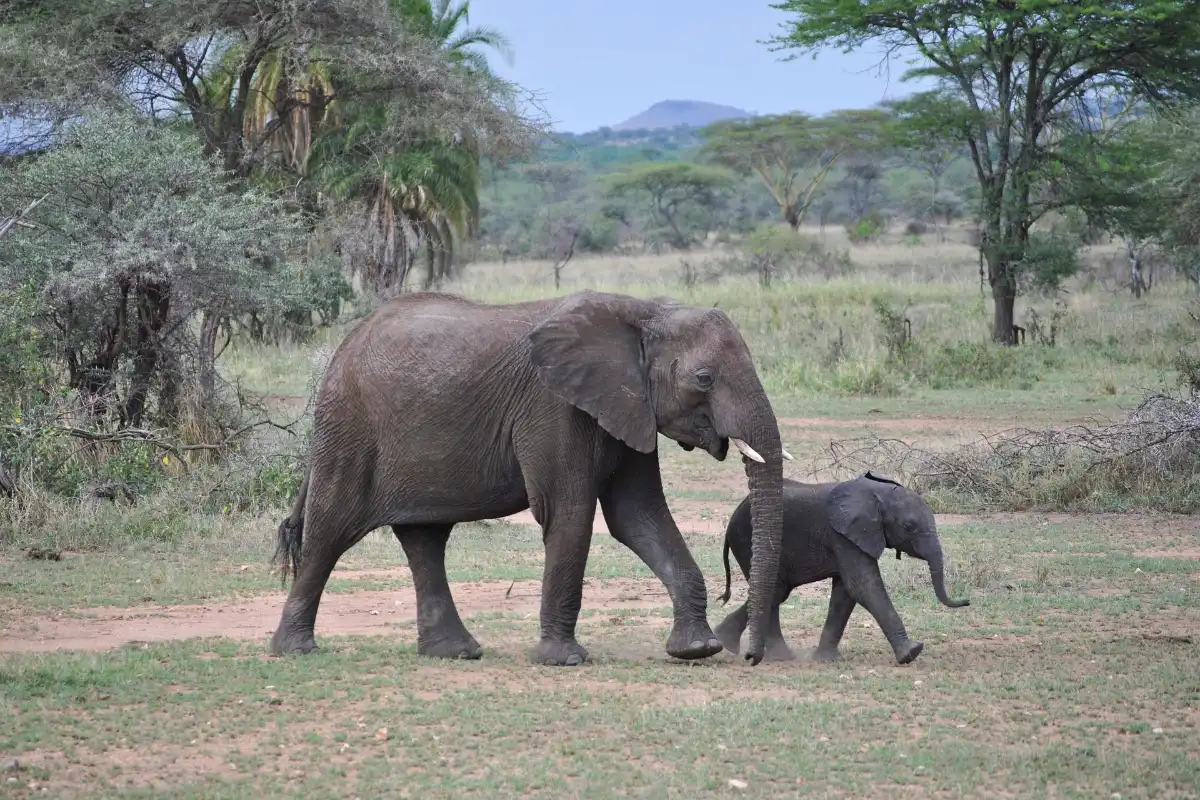
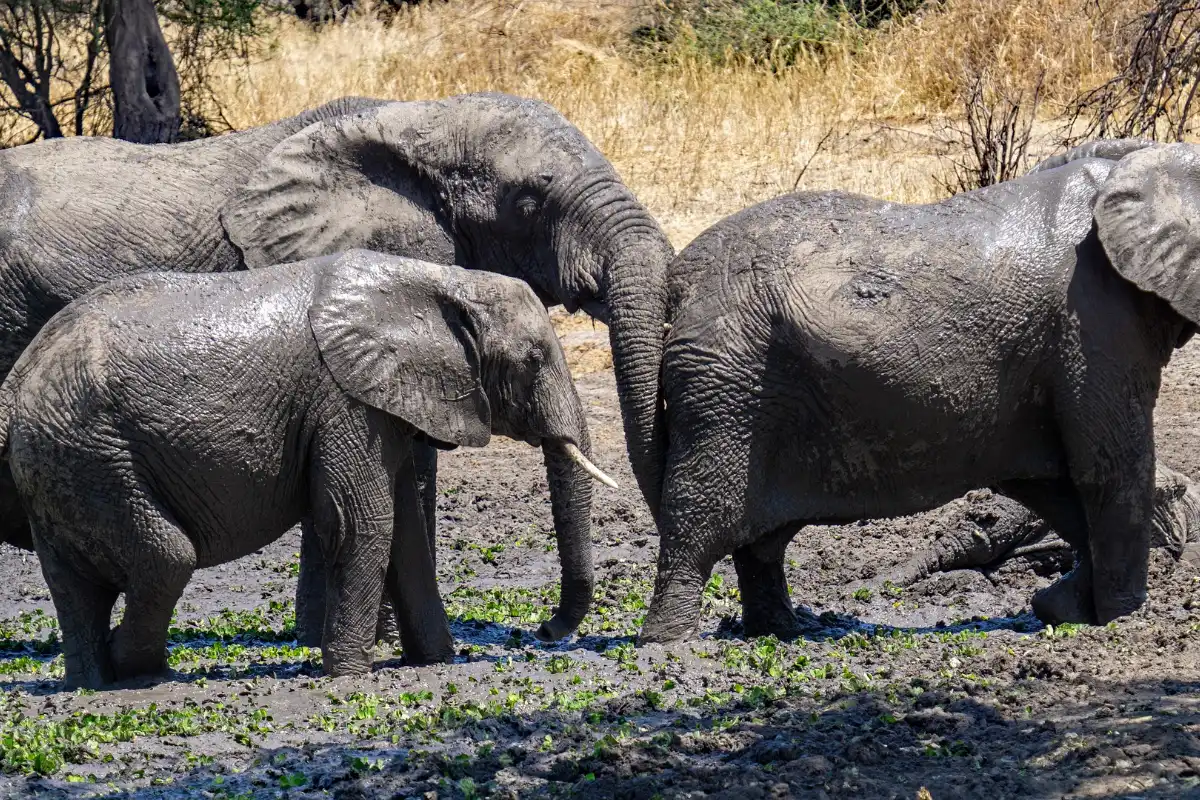



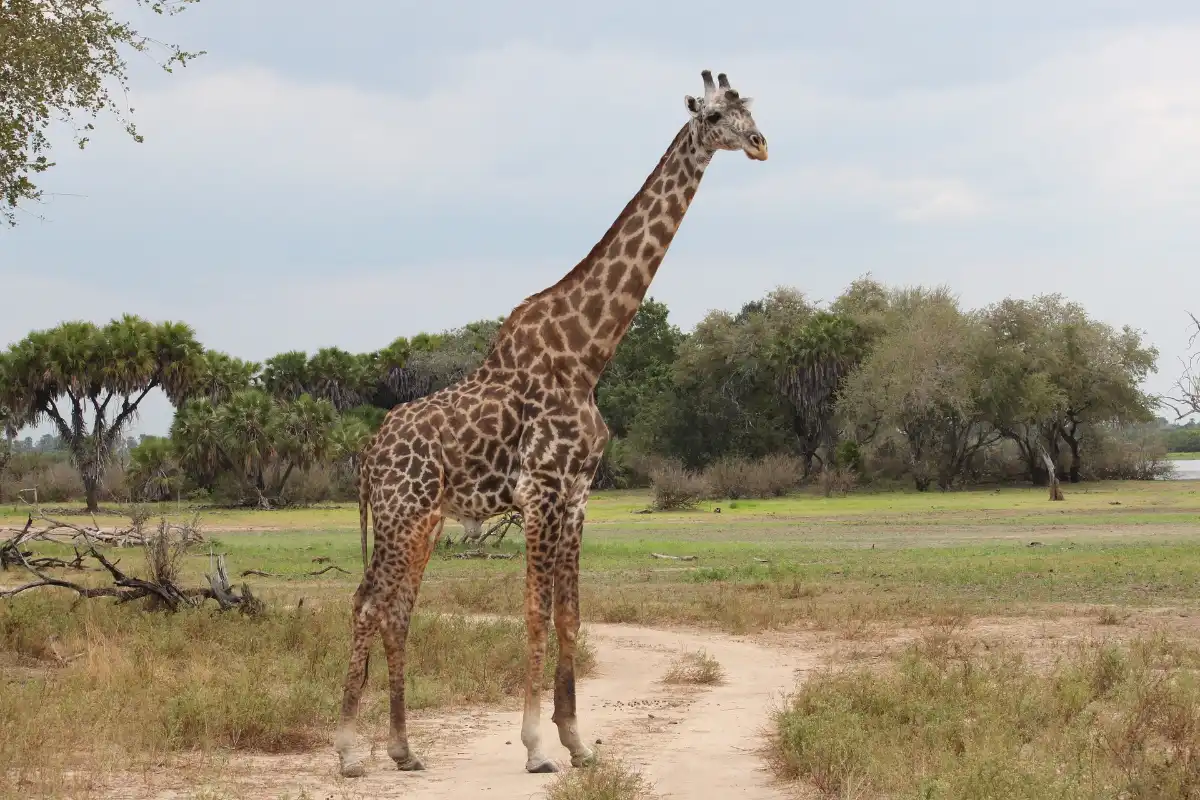
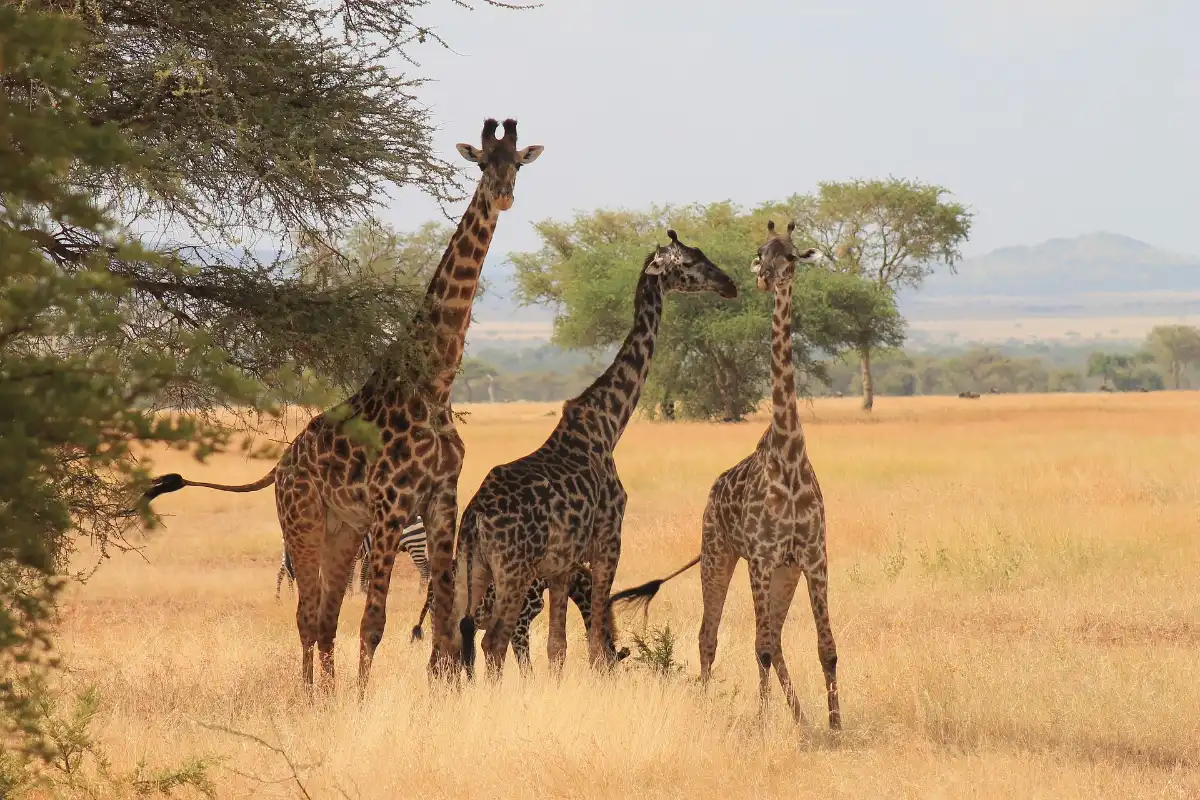
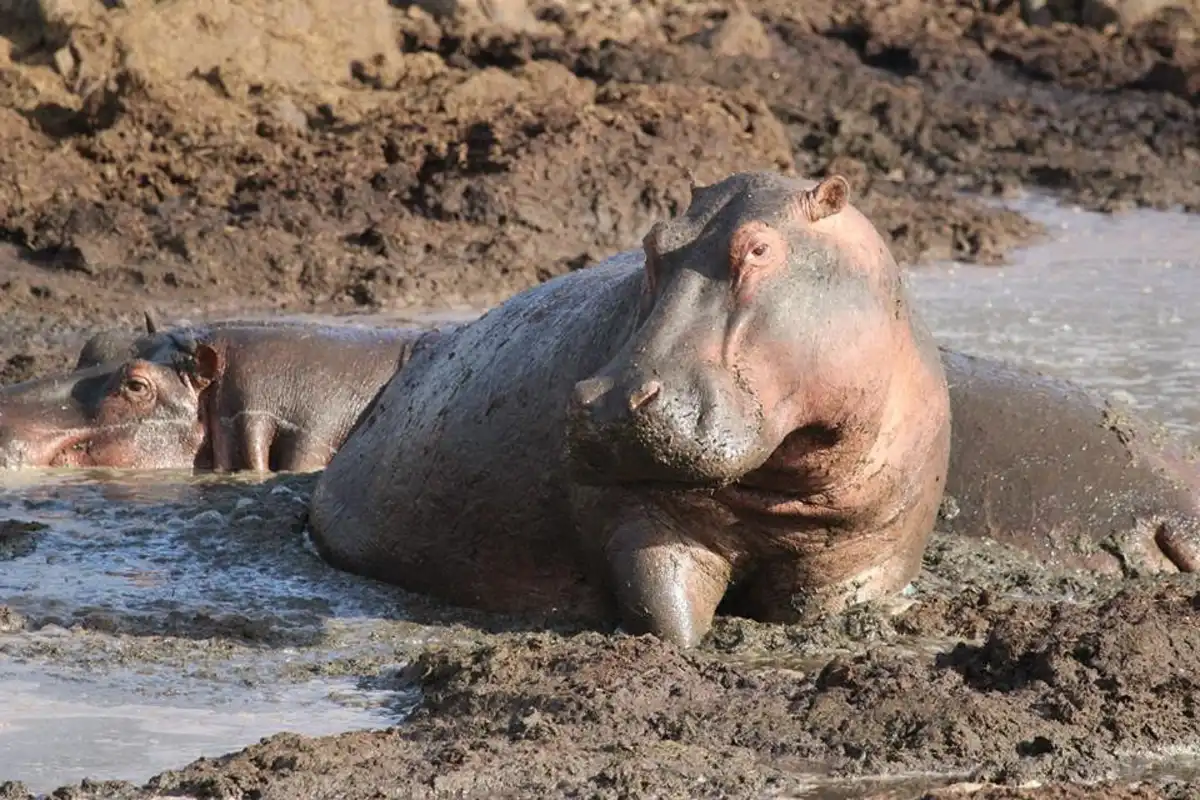

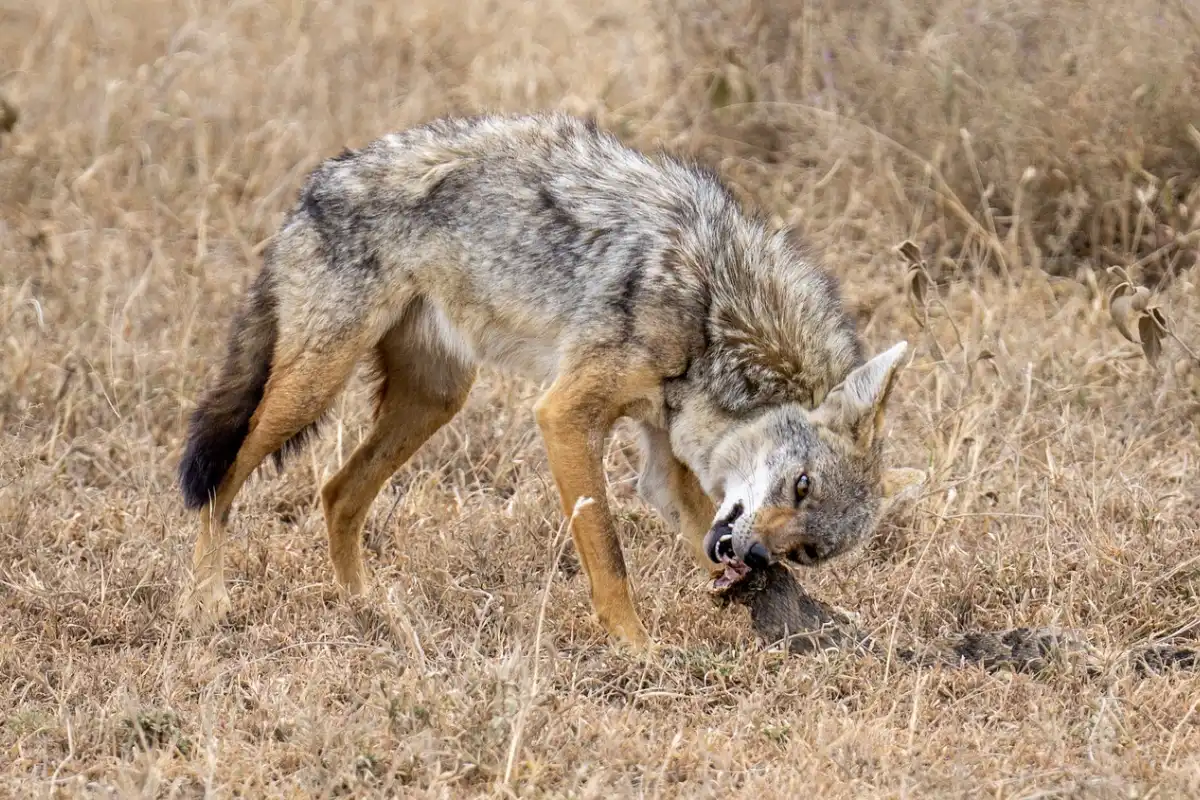
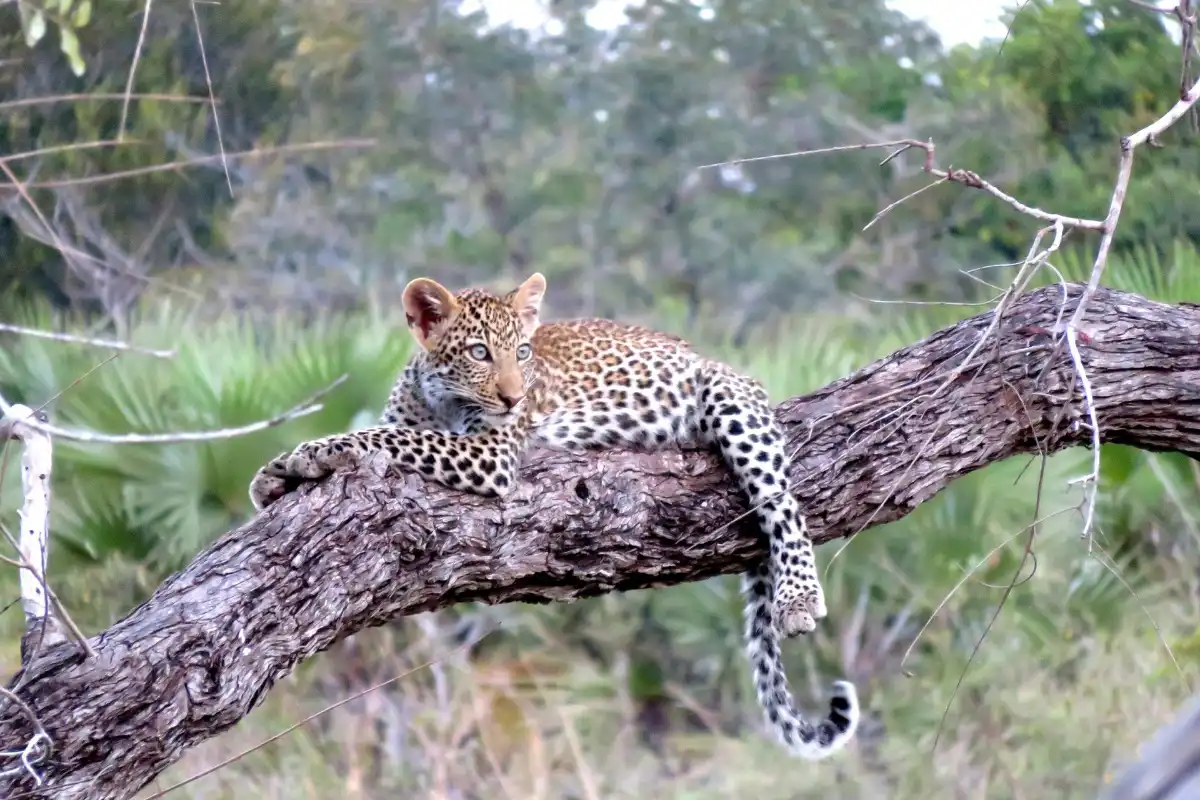





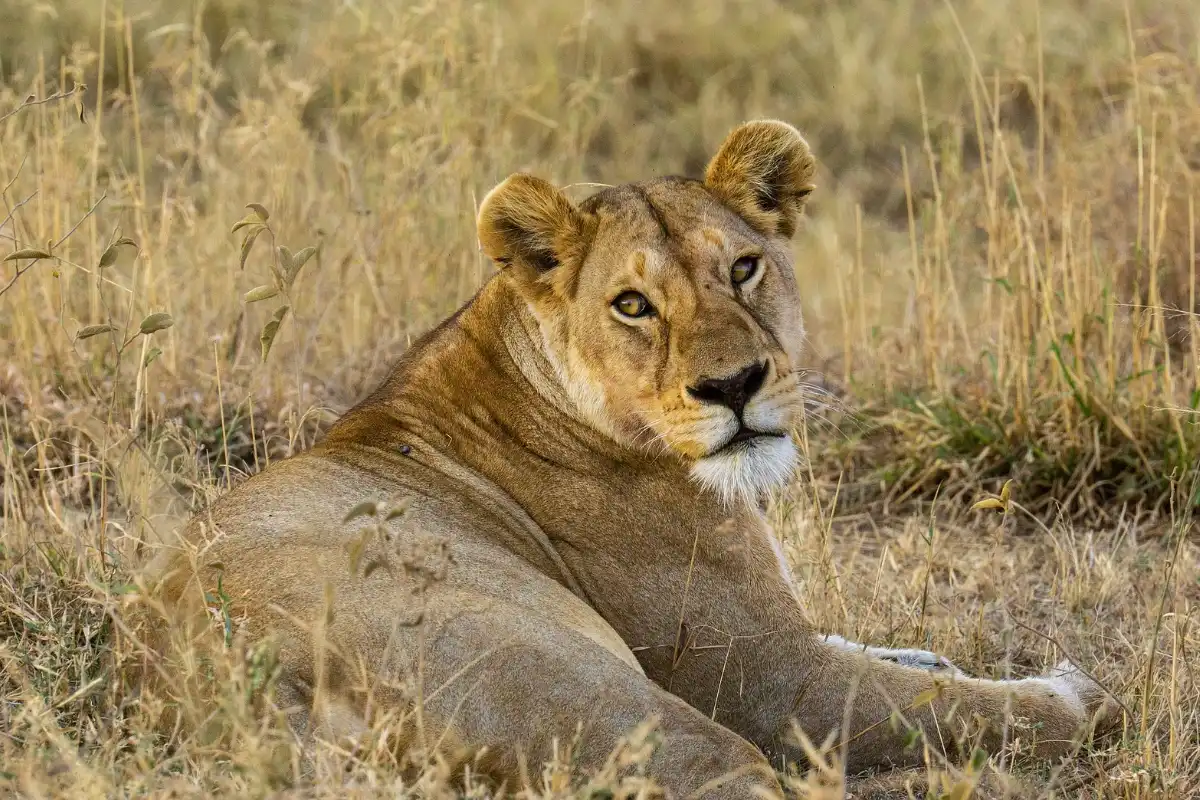
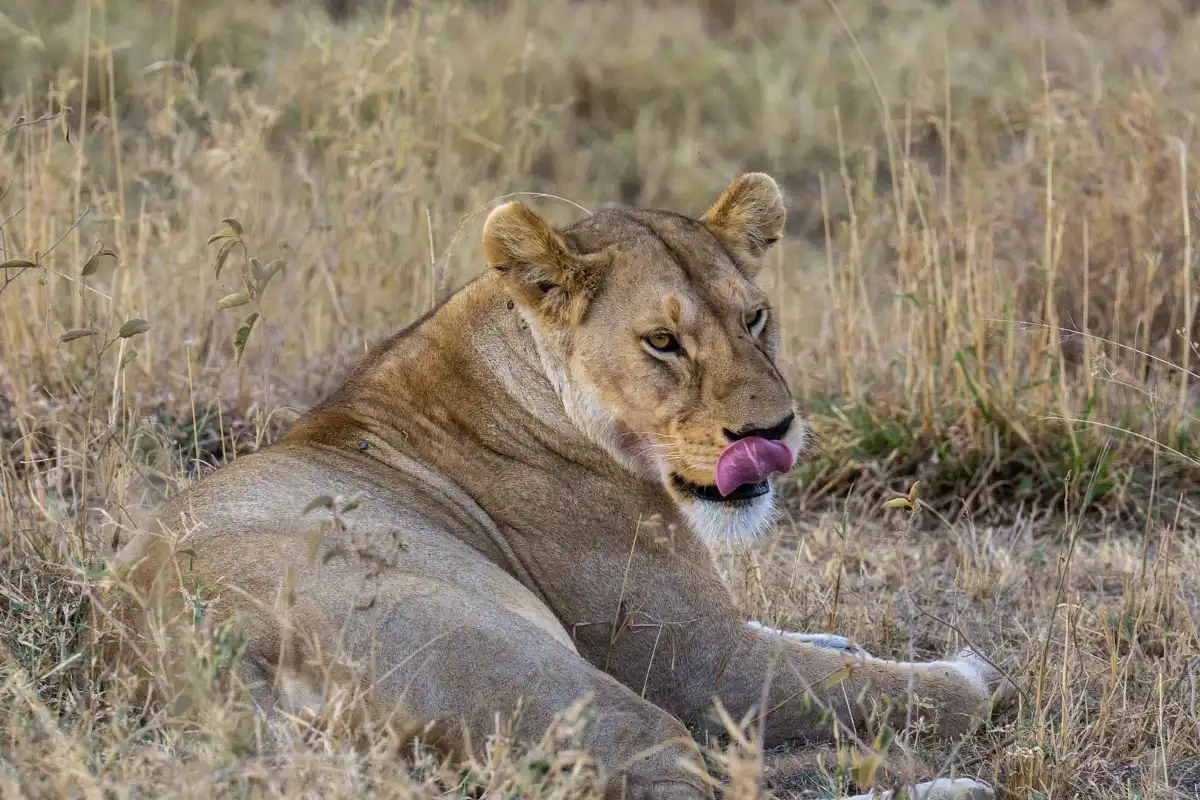



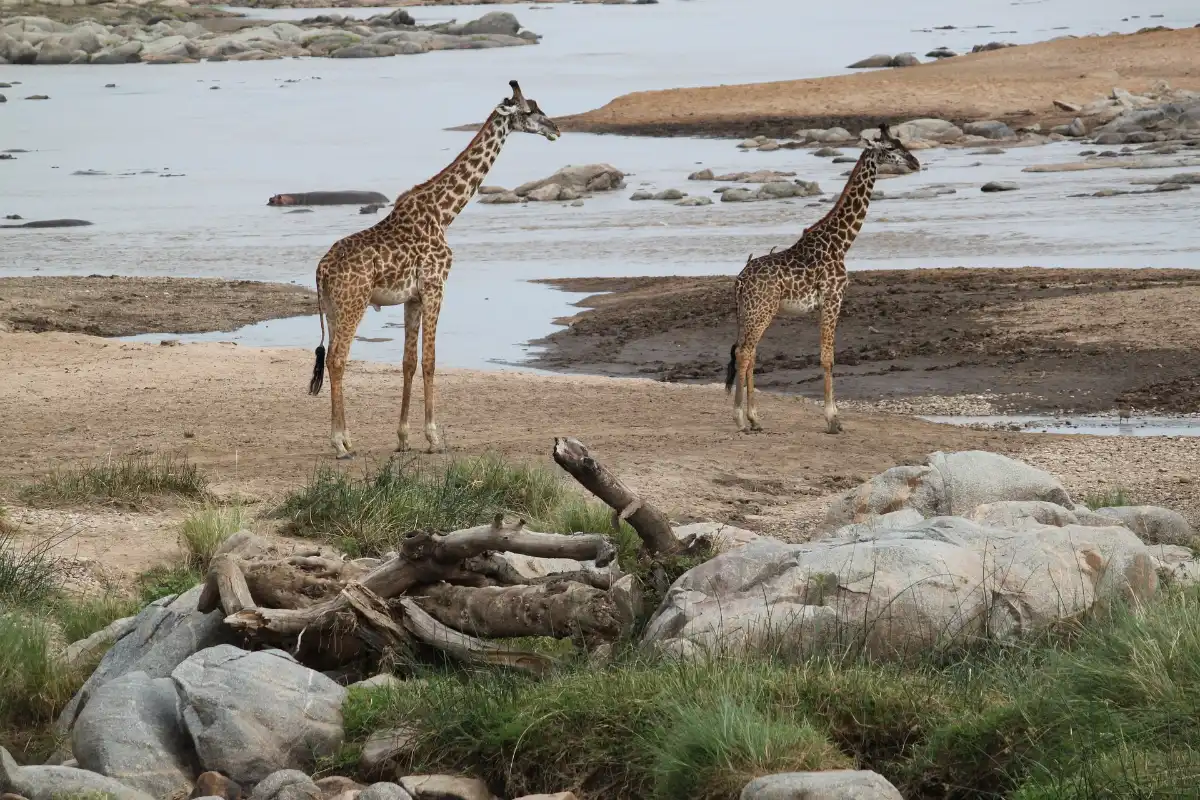



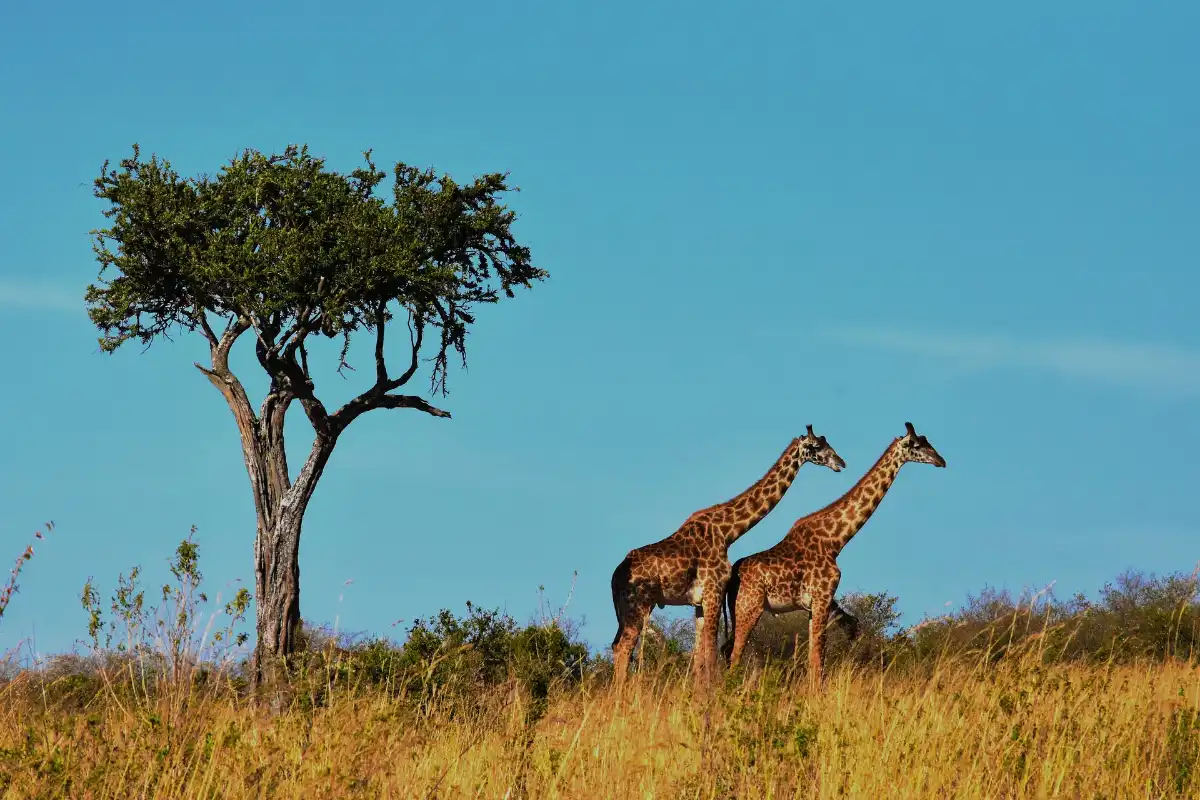



_remastered.jpg)









